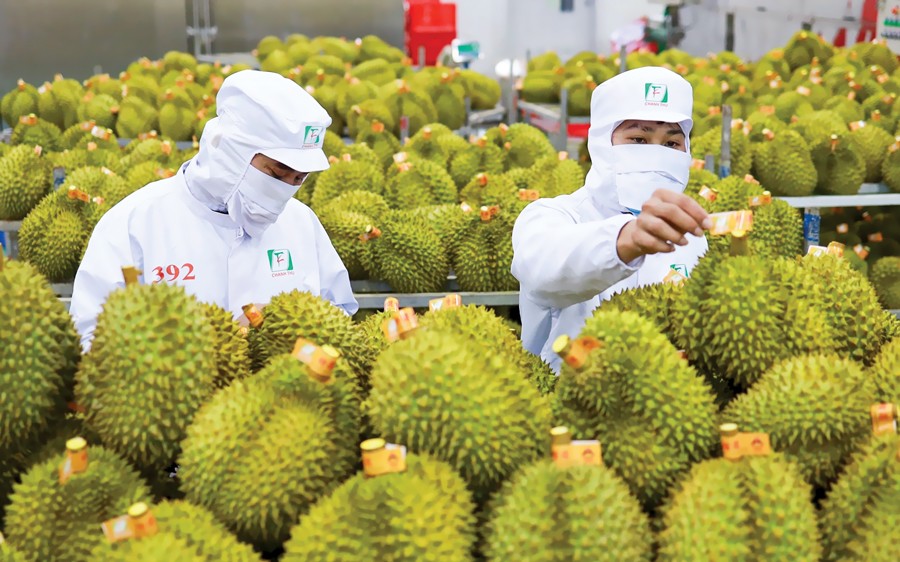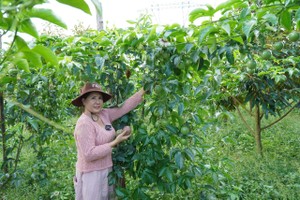
In February alone, the revenue stood at $4.48 billion, up 21.8 percent year-on-year, but down 16.5 percent from January.
Of the two-month value, agriculture contributed $5.18 billion, up 55.7 percent; forestry products, $2.9 billion, up 59.7 percent; and aquatic products, $1.37 million, up 28.9 percent.
The ministry said key items like wood products, coffee, fruits and vegetables, rice, cashew nuts, and shrimp saw increases in export revenue, ranging from 20.5 percent to 85 percent. Tra fish (pangasius), however, dropped 0.7 percent to only $224 million.
In terms of markets, agro-forestry-fishery exports to Asia were valued at $4.55 billion, up 43 percent; America, $2.31 billion, up 74.2 percent; Europe, $1.28 billion, up 52.6 percent; Oceania, $135 million, up 48.8 percent; and Africa, $129 million, up 60.4 percent.
The US, China and Japan remained the three biggest importers, accounting for 21.5 percent, 21 percent, and 7.2 percent, respectively.
The ministry said it will continue handling market-related issues to facilitate agro-fishery exports, and implement projects to boost exports to such markets as China, the US, Japan and the European Union (EU), while approaching new, promising ones in the Middle East and Africa.
It will also help businesses optimize free trade agreements, particularly the Comprehensive and Progressive Agreement for Trans-Pacific Partnership (CPTPP) and the EU-Vietnam Free Trade Agreement (EVFTA), and sign new contracts.
























